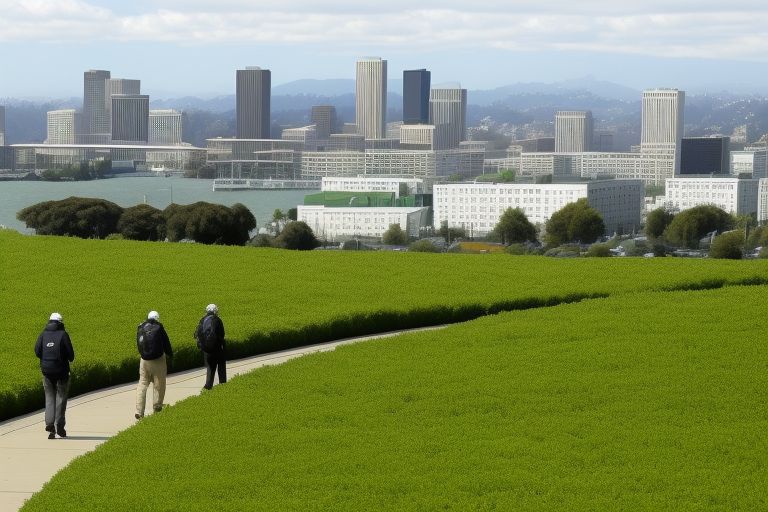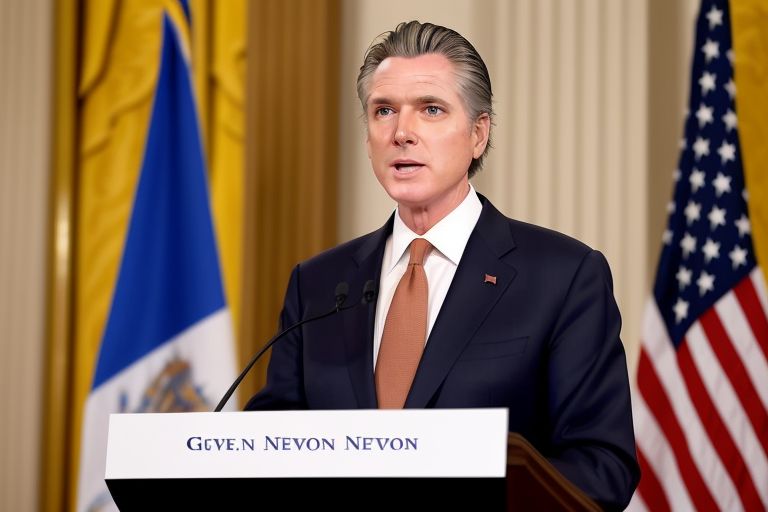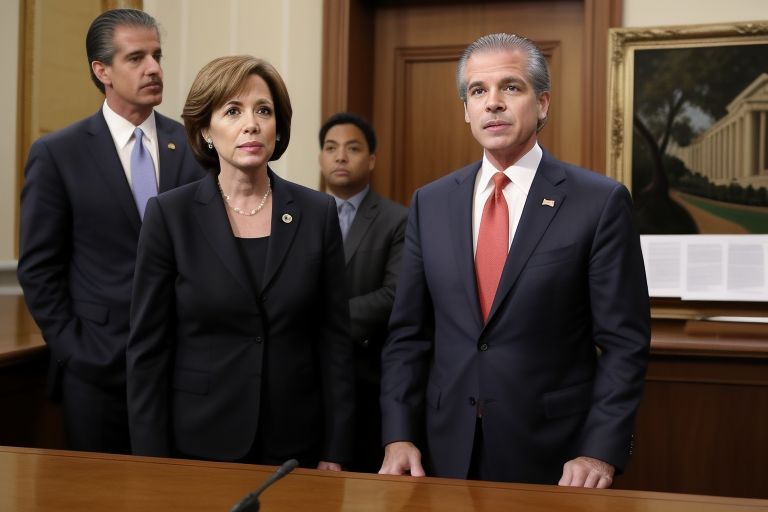Yesterday, Oakland, California declared their intention to take a huge leap forward for a sustainable future, as they officially launch a full fledged green energy initiative to cut the carbon footprint of the city to zero in the near future. Today, Mayor Sheng Thao announced the ambitious plan, placing Oakland as a leader in urban climate action and a new national standard for cities.
Titled “Oakland Green 2030,” the initiative outlines a series of ambitious targets and novel programmes to get the city to 100 percent renewable energy by the year’s end. As California deals with the lasting effects of climate change — including more severe wildfires, droughts and heatwaves — this move comes.
A massive expansion of solar energy infrastructure across the city is at the heart of the plan. All municipal buildings will have solar panels installed by the Oakland Public Works Department (the schools, libraries and community centres). The city is also banding with local utility companies to provide large rebates and low interest loans for residences and business owners to instal rooftop solar systems.
“We are not just talking about climate action; we are doing it,” Mayor Thao told a news conference at Oakland City Hall. “Our Oakland Green 2030 is a roadmap to a cleaner, healthier and more resilient future for all Oaklanders.”
Moreover, it features a groundbreaking community solar programme that will enable renter invest in shared solar projects, to benefit renters and those ineligible to instal solar panels on their own properties. By building these community owned solar farms on underutilised city land and brownfield sites, we will deliver clean energy and help grow economic opportunity in existing, historically underserved, neighbourhoods.
As one way for the city to tackle transportation emissions, which make up a big chunk of Oakland’s carbon footprint metric, the city has committed to electrifying its entire municipal vehicle fleet by 2028. It includes police cars, fire trucks and public works vehicles. On top of that, the city is increasing its network of electric vehicle charging stations, with aims to instal 5,000 new public charging points over the next five years.
Another key section of the initiative is public transportation. Plans are reportedly afoot for Oakland’s Department of Transportation to phasing out all AC Transit buses serving the city to electric buses by 2027. The city is also spending to expand bike lanes and pedestrian friendly roads to provide alternative modes of transportation.
The Port of Oakland, one of the largest container ports in the United States, is assisting the city in its green transition. Shore power for all berthed ships is committed to 2026 by port officials, cutting idling ships’ emissions by a large margin. Hydrogen fuel cells for cargo handling equipment and drayage trucks are being explored by the port as an alternative source or source combination.
The initiative is being supported by local businesses. Pixar Animation Studios, located in Emeryville but employing numerous Oakland residents, said it will supply its entire campus with renewable energy by 2025. The city is also partnering with the company on educational programmes for Oakland schools to help them learn about climate change and sustainability.
Oakland Green 2030 is built on the principle of environmental justice. The city initiative includes provisions to ensure that the benefits of the green transition reach the city equitably. To residents of low income neighbourhoods, a new Green Jobs Training Programme will offer skills and certifications in renewable energy installation, energy efficiency retrofitting and environmental cleanup as well as other green technologies.
Despite the broad support for the initiative, there are some critics who’ve worried that the ambitious timeline and cost of achieving the initiative. The Oakland Chamber of Commerce, which otherwise supports the plan, has urged a more gradual implementation to prevent small businesses from being crushed.
To address such concerns, the city has set up a Green Business Transition Fund (GBTF) that offers financial as well as technical supports to small and medium size enterprises (SMEs) in meeting new sustainability requirements.
Environmental organisations from across the state have praised the initiative. The plan was hailed by the Sierra Club’s California chapter as “a model for urban climate action” and other cities are urged to follow suit.
Part of the initiative is also improving Oakland’s urban forest. The plans are to plant 100,000 new trees over the next five years, and focus on those neighbourhoods with the lowest tree canopy coverage. It intends to improve the city’s air quality, fight urban heat island effect, as well as enhance the landscape diversity within the city.
Oakland is using state and federal grants, public-private partnerships and, earlier last month, a new climate action bond to fund these ambitious projects. The $500 million bond, approved by voters widely in a special election last month, will help pay for renewable energy infrastructure, energy efficiency upgrades and climate resilience projects.
When Oakland goes through this reinvention, officials say success will be determined by how much people of all ages, incomes, demographics and generations are involved. In addition to extensive community engagement including school programmes and participating community workshops and adopting a digital platform which allows residents to track city progress and share their own sustainability efforts, the initiative also includes a robust public engagement campaign.
With Oakland Green 2030, the city launches itself at the forefront of urban climate action. But as implementation starts up, all eyes will be on Oakland to see if this ambitious plan can deliver and set a template for sustainable urban development in the 21st century.











Leave a Reply